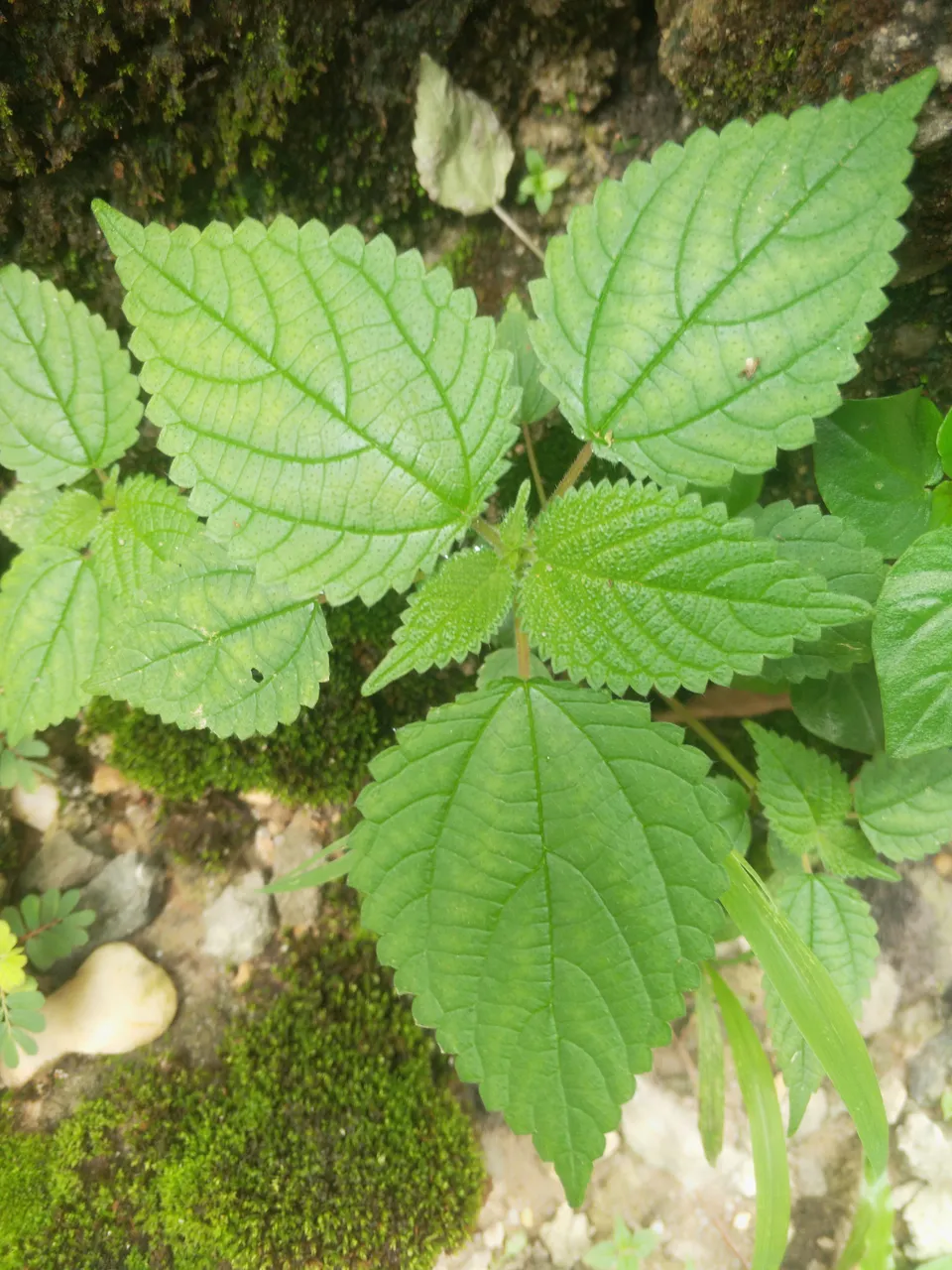
Good evening everyone how are you doing today how is work it's my regards to greet you guys for encouraging me to start writing some interesting topics on Hive blog chain based on the relevant invents in counter.all day to day life experience today I will like to share this wonderful news and research here .it's about leafs and it's functional values to the plant and am very sure all of us here we learn something new fro this research I have made two days ago before my last post I made .
#leaf.a morning creature for #plants
At first latter heading let's know the meaning of leaf,in my observations I find out that "leaf" is the principal organ of photosynthesis and transpiration in higher plants. It is typically a thin, flat structure attached to the stem of a plant via a petiole (stalk). Also Leaves are primarily responsible for capturing sunlight and converting it into chemical energy through the process of photosynthesis. They also facilitate gas exchange, allowing plants to take in carbon dioxide and release oxygen and water vapor.
Then we can see that any plant it's leaf start feding of there are always two things specifically going to happen to the plant either the plant dies off or the plant regenerate new leafs to cover up or replace the dieing of one's.thats why in the big Forest you find out something amusing in the ground floor of it . another thing is that we also have types of leaf that's why all plant leafs are not always the same even though it almost looks alike.
But let's find out some of the Key characteristics of leaves which include:
. Blade: The flat, expanded part of the leaf.
. Veins: Vascular tissues (xylem and phloem) that provide support and transport water, nutrients, and sugars throughout the leaf.
. Stomata: Small pores on the leaf surface that regulate gas exchange (carbon dioxide in, oxygen out) and water vapor loss.
. Chloroplasts: Organelles within leaf cells containing chlorophyll, which gives leaves their green color and is essential for photosynthesis.
. Petiole: The stalk that attaches the leaf blade to the stem, allowing the leaf to orient itself optimally for light after the key characteristics leaf also has it's types which includes.
1. Simple Leaves:
- Definition: Single leaf blade that is undivided.
- Examples: Mango, Guava, Banana, Tomato
2. Compound Leaves:
- Definition: Leaf divided into leaflets.
- Examples: Rose, Neem, Poinsettia.
Note:that leafs do not only end in types there are also different functional values of each type but due to my writing power I will cut of the observations results here my be by my next write up I will continue the conversation process about things you will know about plants leaf and it's function and helps to the plant but I just want to brief out the key facts about leaf so that when you see your children playing in your farm land you Chase them away for your plants safety and growth because here in Africa many children plays alot in the farm land where many crops are planted in .
Thanks for reading and I will like you to rate my research observations and am willing to answer any questions you drop on the comments list.
#plantpower(vangan)
#worldmappin
#hivelearners
#holozingcommunity
#health
#nature